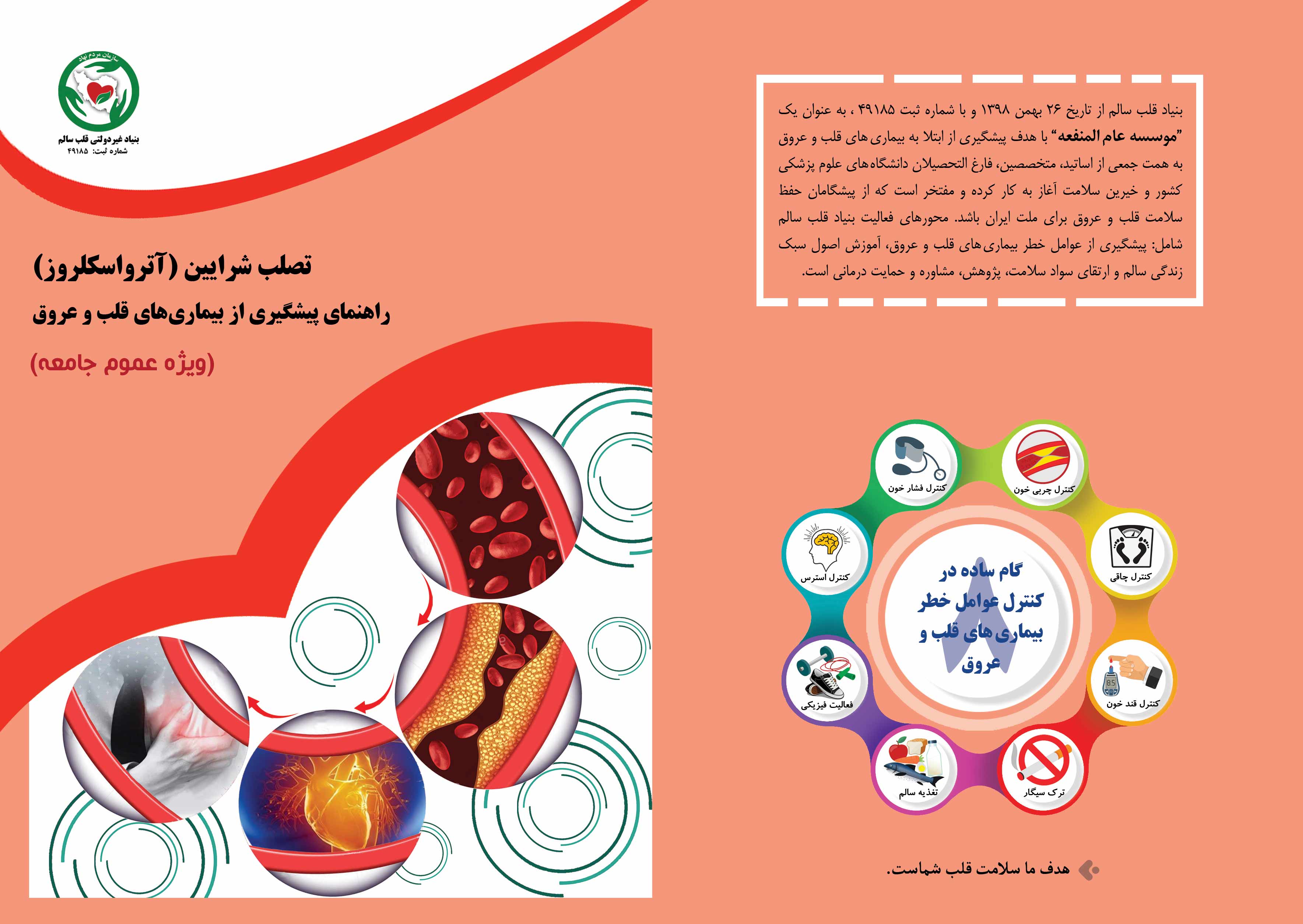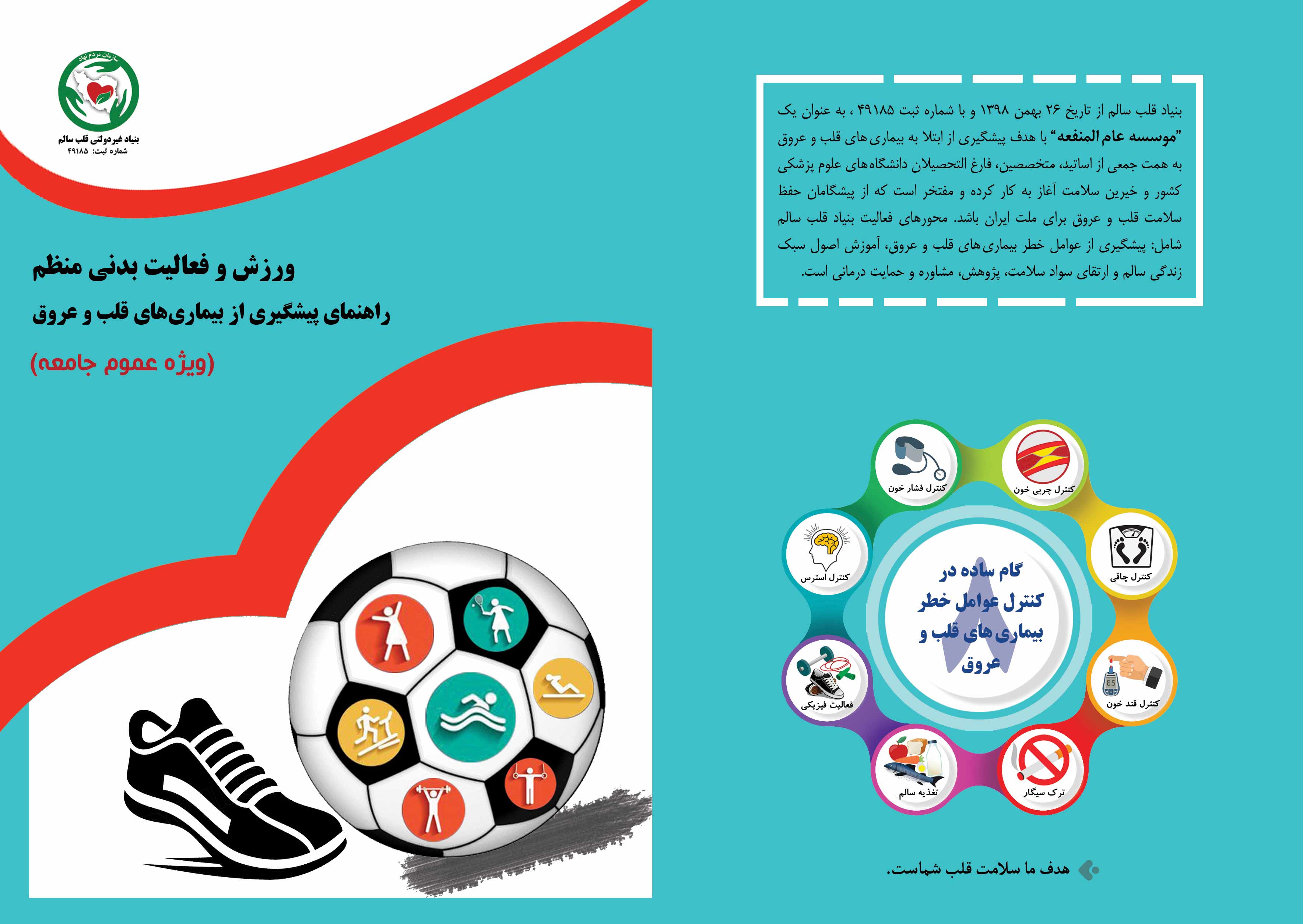Clinical Associations of Injuries Caused by Vasovagal Syncope: A Cohort Study From a Tertiary Syncope Unit
Recent research has revealed that vasovagal syncope (VVS) leads to a high incidence of injuries; however, clinical associations of injury are not well-established. We present data from an ongoing VVS cohort and aimed to determine characteristics associated with VVS-related injury.

Methods and Results
Between 2017 and 2020, consecutive patients ≥18 years of age presenting to a tertiary syncope unit and diagnosed with VVS were included. Clinical characteristics relevant to syncope were obtained for the index episode. The outcome was incidence of injury during VVS, documented by clinical evaluation at the syncope clinic. Among 1115 patients (mean age, 45.9 years; 48% women), 260 injuries (23%) occurred. History of VVS-related injuries (adjusted relative risk [aRR], 1.80 [95% CI, 1.42-2.29]), standing position (aRR, 1.34 [95% CI, 1.06-1.68]), and female sex (aRR, 1.30 [95% CI, 1.06-1.60]) were associated with injury, whereas recurrent VVS (aRR, 0.63 [95% CI, 0.49-0.81]) and syncope in the noon/afternoon (aRR, 0.70 [95% CI, 0.56-0.87]) and evening/night (aRR, 0.43 [95% CI, 0.33-0.57]) compared with morning hours were associated with lower risk. There was a trend for higher rates of injury with overweight/obesity (aRR, 1.23 [95% CI, 0.99-1.54]) and syncope occurring at home (aRR, 1.22 [95% CI, 0.98-1.51]). In a per-syncope analysis considering up to 3 previous episodes (n=2518, 36% traumatic), syncope at home (aRR, 1.33 [95% CI, 1.17-1.51]) and absence of prodromes (aRR, 1.34 [95% CI, 1.09-1.61]) were associated with injury. Conclusions Patient characteristics, VVS presentations, the circumstances, and surroundings can determine the risk of injury. These associations of VVS-related injury identify at-risk individuals and high-risk situations. Future prospective studies are needed to investigate potential strategies for prevention of post-VVS injury in recurrent cases.
















.png)
.png)
ارسال نظر